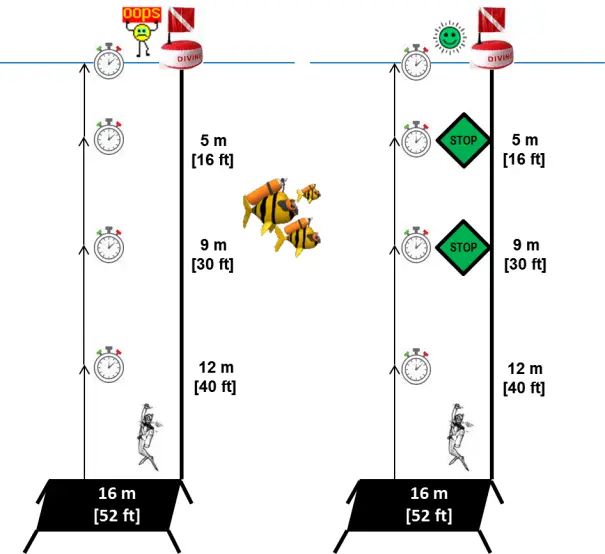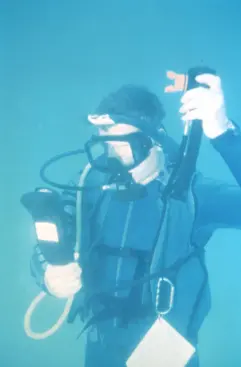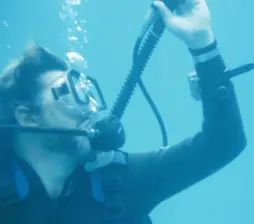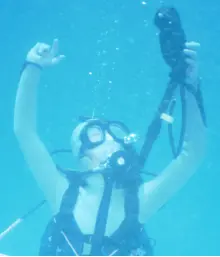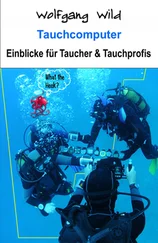Wolfgang Wild - Dive Computers – Insights for Divers & Professionals
Здесь есть возможность читать онлайн «Wolfgang Wild - Dive Computers – Insights for Divers & Professionals» — ознакомительный отрывок электронной книги совершенно бесплатно, а после прочтения отрывка купить полную версию. В некоторых случаях можно слушать аудио, скачать через торрент в формате fb2 и присутствует краткое содержание. Жанр: unrecognised, на английском языке. Описание произведения, (предисловие) а так же отзывы посетителей доступны на портале библиотеки ЛибКат.
- Название:Dive Computers – Insights for Divers & Professionals
- Автор:
- Жанр:
- Год:неизвестен
- ISBN:нет данных
- Рейтинг книги:5 / 5. Голосов: 1
-
Избранное:Добавить в избранное
- Отзывы:
-
Ваша оценка:
Dive Computers – Insights for Divers & Professionals: краткое содержание, описание и аннотация
Предлагаем к чтению аннотацию, описание, краткое содержание или предисловие (зависит от того, что написал сам автор книги «Dive Computers – Insights for Divers & Professionals»). Если вы не нашли необходимую информацию о книге — напишите в комментариях, мы постараемся отыскать её.
Counterproductive to those statements are so-called «product recalls» feared by us as consumers, from which dive computers are not spared. And even the mathematical equations of dive computers – the algorithms – face marked criticism, especially regarding their validation: Have they been tested in real «wet» dives, and if so, how?
In this eBook dive computers are evaluated how they perform in the field, specifics of various algorithms are unveiled without pestering the reader with mathematics, and finally some dreams of the future are outlined, to overcome the shortcomings of present-day dive computers. The preliminary assessment of the author is: Today's wrist worn dive computer gadgets have no future – but there are alternatives.
Those who are unsure about a clear answer on the following questions should grasp this eBook and reserve some fun time reading it: Q1: What exactly are «deep stops» and what are pros and cons? Q2: Is the Buhlmann ZH-L16C dive computer model really from Professor Bühlmann? Q3: The RGBM model by Bruce Wienke is better than the VPM model – or isn't it? Q4: An ascent rate of 2 feet / 6 meters per minute is certainly better than 6 feet / 18 meters per minute – and easily to accomplish. Correct? Q5: The primary feature of dive computers should be: They need to be yellow! – What? Yellow!?
In this eBook author Wolfgang Wild is sharing his long history of experience with the reader which he gained in the training of virtually thousands of both divers and diving instructors worldwide.
This eBook is aimed at divers and diving professionals of all diver training associations.
Available for iphone, kindle, kobo, sony reader, tolino and tablets in multiple formats.

